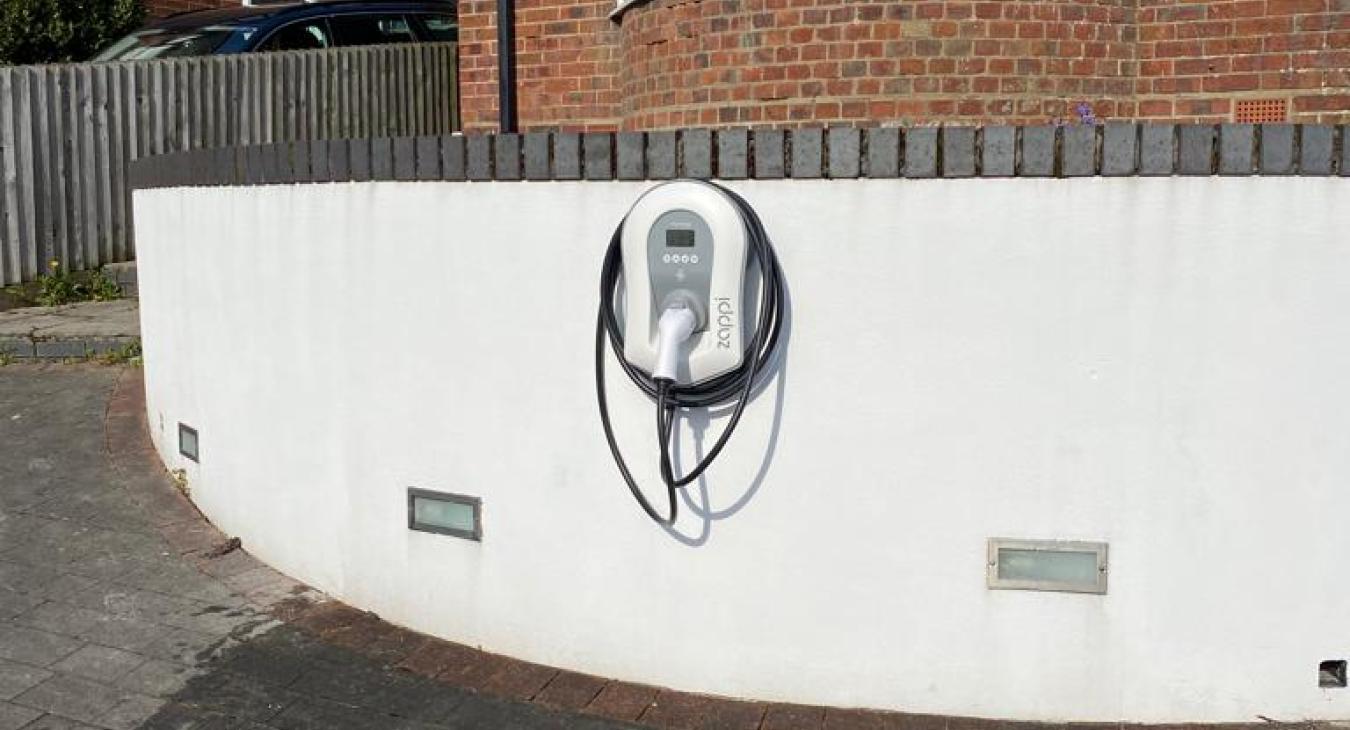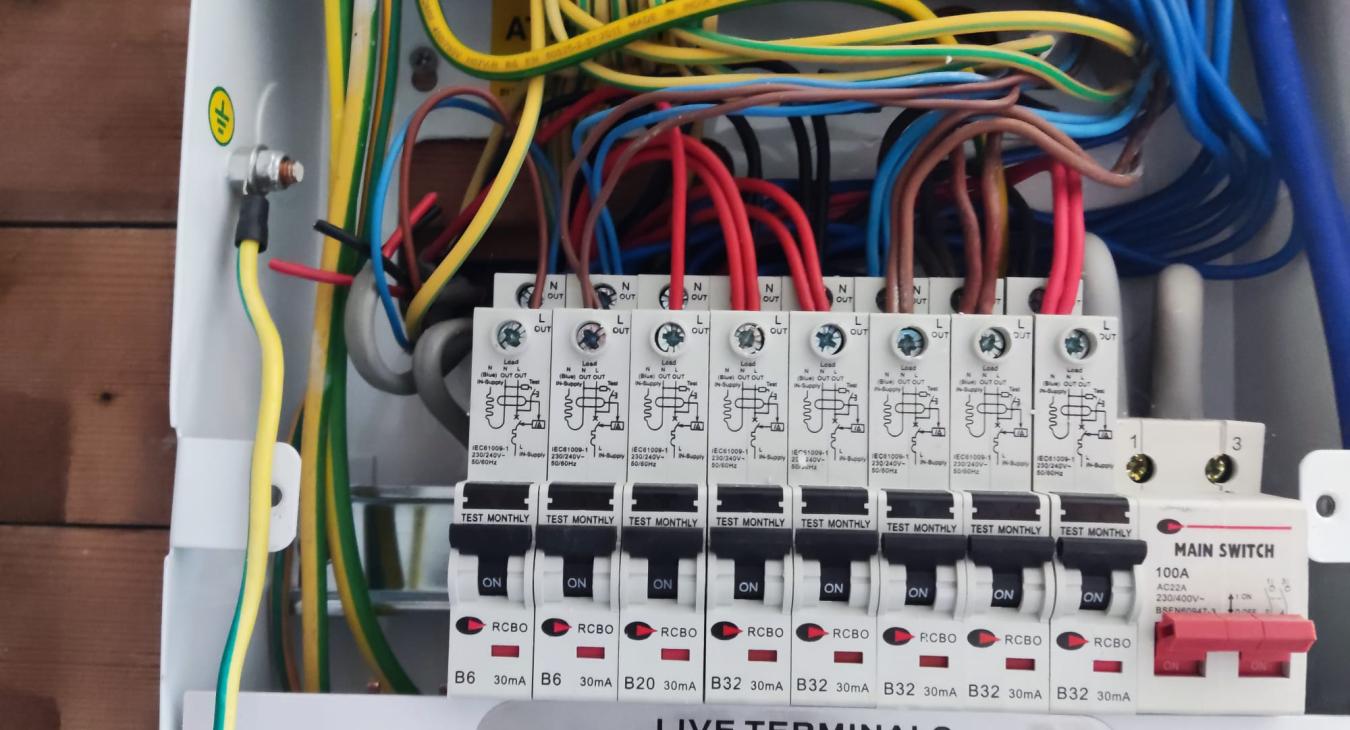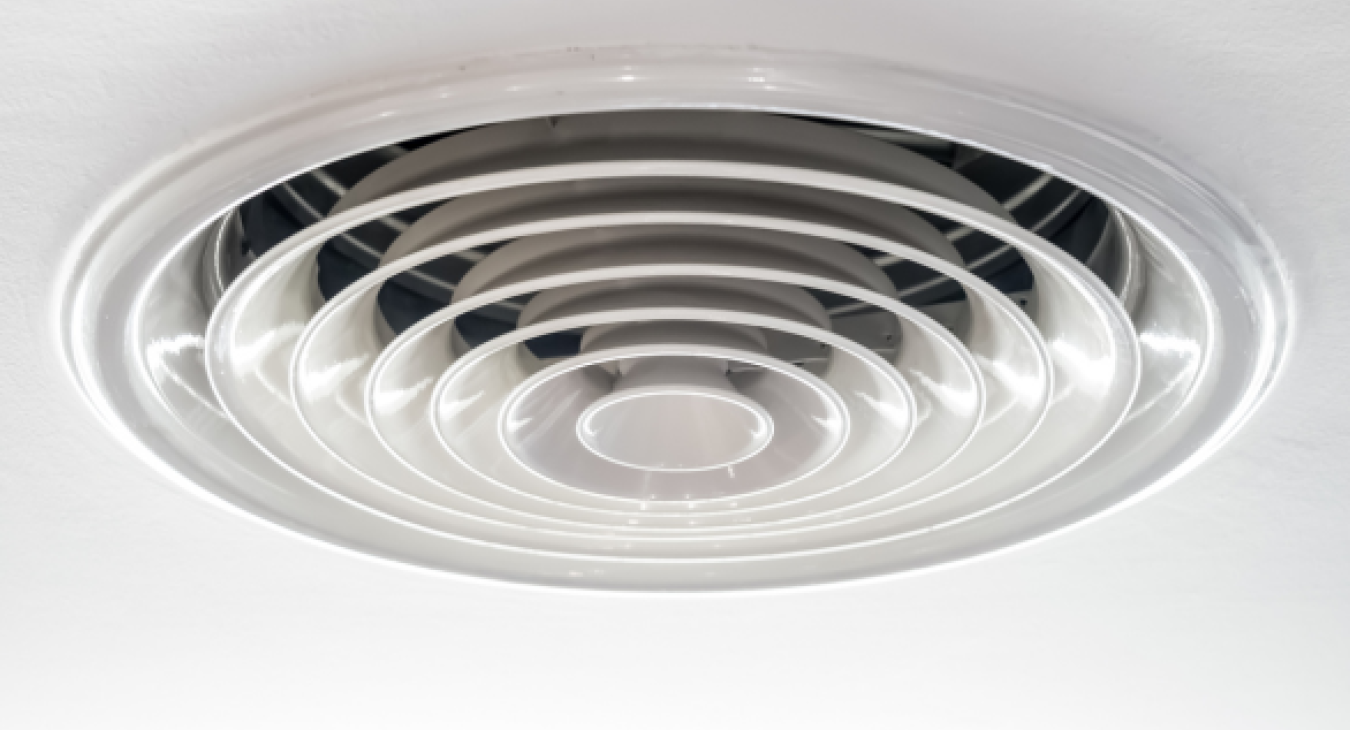Amps, or amperes, are a unit of measure for electric current. Electric current is the flow of electrons through a conductor, and it is measured in amperes (A). The amount of current flowing through a circuit is determined by the amount of voltage applied to the circuit and the resistance of the circuit. In a simple circuit, the current is directly proportional to the voltage and inversely proportional to the resistance. For example, if the voltage applied to a circuit is increased, the current will also increase, unless the resistance of the circuit is also increased. Understanding the relationship between voltage, current, and resistance is important in the design and operation of electrical systems.
Your Local Expert EV Electrician in Southampton
Call us today on 023 8181 0636 for a free, no obligation, quotation for your project. Your call matters to us, and we WILL respond.
Testimonials
- We needed new ceiling lights and a broken plug socket replaced. Shem at Solid Electrics did a great job, it was fuss free and he left our home clean and tidy. Great job Shem.Google 5 Star Review - Zooming Photography
- We got lucky securing Shem at Solid Electrics to install several ceiling fans with lighting and remote control connectivity. Shem assured us that he could navigate through potential challenges to…5 Star Google Review -DEBORAH NEARON
- Shem is friendly, accommodating, punctual and incredibly reliable. I was out when the work was completed, and even though I had paid his invoice, he insisted on returning the next week to check I…5 Star Google Review - Nick Waite
Areas we cover
















